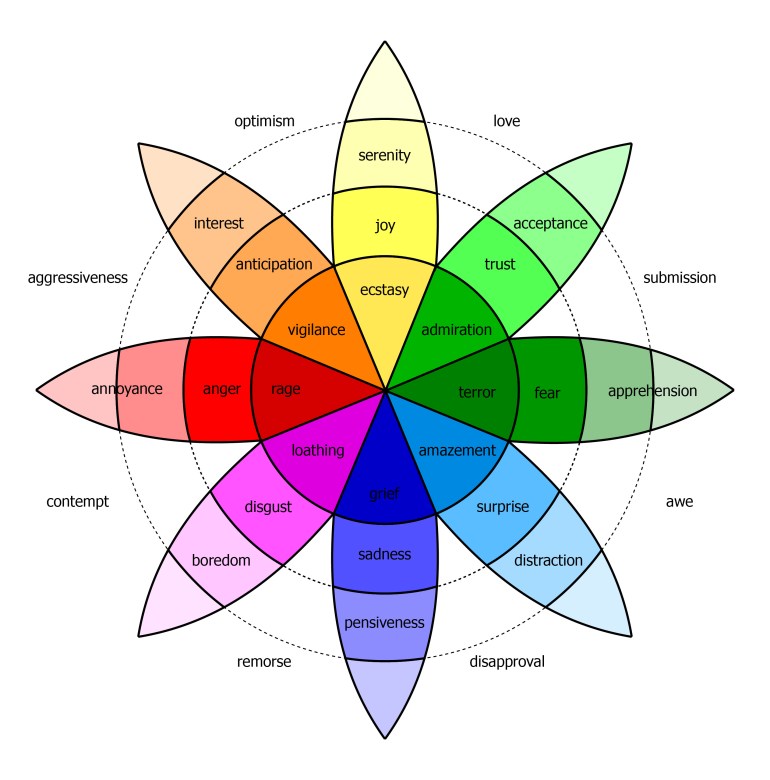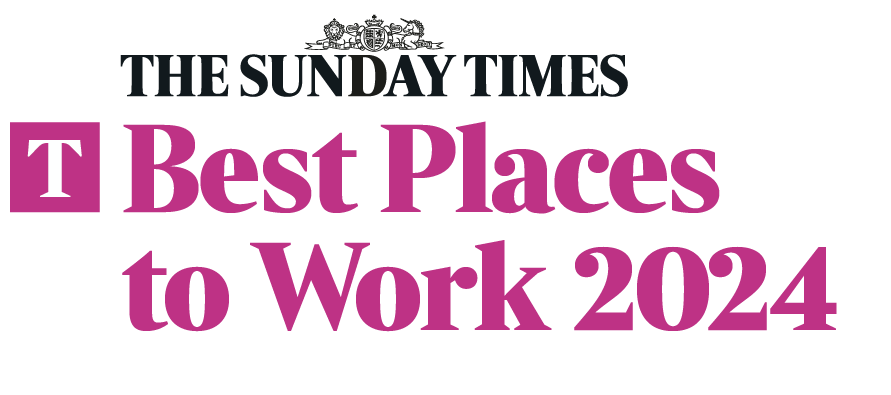Speed Summary: The Empathy Effect


- The Empathy Effect: 7 Neuroscience-Based Keys for Transforming the Way We Live, Love, Work, and Connect Across Differences
- Author:
Dr. Helen Riess - Publisher: Sounds True
- Publication: 2018
What is the empathy effect? In short, it’s improved outcomes for your customers.
In The Empathy Effect: 7 Neuroscience-Based Keys for Transforming the Way We Live, Love,
The pitch is simple. By using empathy, which is essentially our capacity to feel and understand other people’s emotions, brands and businesses can better meet the needs of their customers. Empathy improves our ability to perceive, understand, ‘diagnose’ and ‘prescribe’ help to people.
If the language sounds medicalised, it’s because Riess is a doctor and the evidence she shares is based on physicians and clinicians. Empathy in clinical practice leads to more accurate diagnoses, fewer errors, reduced distress, better outcomes and improved patient satisfaction. Riess offers empathy training in healthcare, but in The Empathy
Although empathy is a personality trait (we all have an EQ – empathy quotient), empathy is like a muscle that can be trained. Riess shares seven practical tips for boosting your empathic capacity and improving your empathic response (responding with care) when interacting with others.
Whilst other empathy books may discuss the importance of empathy in business and beyond, including its benefits and limitations, few books offer practical guidance on how to improve your empathy. This is where The Empathy Effect is different and useful.
The good news is that the seven tips Riess offers are simple to apply, and essentially involve surfacing your innate capacity for empathy, rather than learning anything new. The tips are based on an E.M.P.A.T.H.Y. mnemonic:
- E is for Eye Contact. Make eye contact with the person you are with, and notice the colour of their eyes. Our eyes reveal a wealth of information about what we are feeling, and by making an effort to check eye colour people you are talking to, you’ll train yourself to make eye contact. Don’t stare, but use eye glances throughout an discussion.
- M is for Muscles of Facial Expression. Look at people’s faces when listening or talking and your face may tend to automatically mimic their facial expressions. This can prompt an emotional response in your own body, as your emotions line up with the facial expressions you are unconsciously mimicking. The phenomenon is known as ’emotional contagion’ – and describes how we quite literally catch the emotions of others by looking at their faces.
- P is for Posture. Be aware of their bodily posture, and align your posture with theirs. It helps if you are facing them, leaning slightly forward, with your eyes at the same level. This creates a sense of equality, attentiveness and openness, and helps you be sensitive to non-verbal cues in their body language. You may find yourself naturally mirroring their posture throughout a discussion, and this may help you feel what they are feeling.
- A is for Affect. Try to identify and label the particular emotions (affective state) you are sensing in the other person as they speak. To do this, it helps to build your own emotional vocabulary (beyond just feeling good vs bad, our emotional world is rich in nuance and diversity). Just as the world becomes more colourful the more words we have for colours, so too is it for our feelings. Try to become more emotionally literate by learning new words for feelings (check out Plutchik’s Wheel of Emotions), and make the effort to notice them in yourself and others.
- T is for Tone of Voice. Be attentive to their tone of voice, including the pace, pitch, and rhythm of their speech.
Tone of voice conveys over 38% of the nonverbal emotional content of what a person communicates, and maybe more important sometimes than the actual words used. - H is for Hear the Whole Person. Set aside your own thoughts and judgements and really focus on what the individual is saying, imagining what it is like to be in their shoes. We often listen but don’t actually hear what the other is expressing, because we are distracted, preparing our response or making judgements.
- Y is for Your Response. Be attentive to your own emotional and physiological responses. There is insight in your body’s response to what you are hearing, and by attending to this, you may increase the flow of emotional contagion, and feel what the other is feeling.
Follow these seven simple empathy training tips, and Riess argues you’ll boost your empathic capacity and empathic response.
Personas Kill Empathy
In addition to these seven practical tips for boosting your empathy, Riess identifies the culprits that can erode empathy. One of the biggest empathy killers is to focus on what’s different about people, as opposed to
The more different we see someone else to us, the less empathy we tend to have for them. This may be a legacy of primitive tribal psychology, that creates systematic ‘in-group bias’. For example, in business, we sometimes create ‘personas’ to try and bring to life different ‘types’ of consumers based on their differences. But by focusing on what’s different about people, and labelling them as different (to us and to each other), we inadvertently undermine our empathy for them. Riess argues compellingly that to build empathy, we should focus on what unites people, not what divides us. This means treating all customers as we personally would like to be treated (the golden rule) because we are all human. Although Riess doesn’t explicitly make the point, this is the reason why the gold standard in empathic response is the golden rule (built on human inclusivity) as opposed to so-called ‘platinum rule‘ which is all about focusing on the differences that divide us.
The BG Take
In a world of automation and algorithms The Empathy Effect is a refreshing read that champions human-centricity. What separates us from machines is our ability to feel, and the seven practical E.M.P.A.T.H.Y. tips are designed to help us make the most of our competitive advantage. Through empathy training, we can become better at perceiving, understanding, predicting, and helping others.
For qualitative researchers, The Empathy Effect is especially valuable since it underlines the importance of the cornerstone of our trade, the face-to-face interview (IDI). Empathy flows between people who are in close proximity through non-verbal communication. Sure, there are scale and cost advantages to using remote and online research techniques, but the downside is that you strip empathy out from research. By using the E.M.P.A.T.H.Y. protocol in face-to-face interviews or small groups, qualitative researchers can boost their natural empathic capacity to feel, and then illustrate, what it really feels like to be a consumer. In doing so, The Empathy Effect lays the foundations for a new generation of future-proof ‘empathy research’ in qualitative practice.





